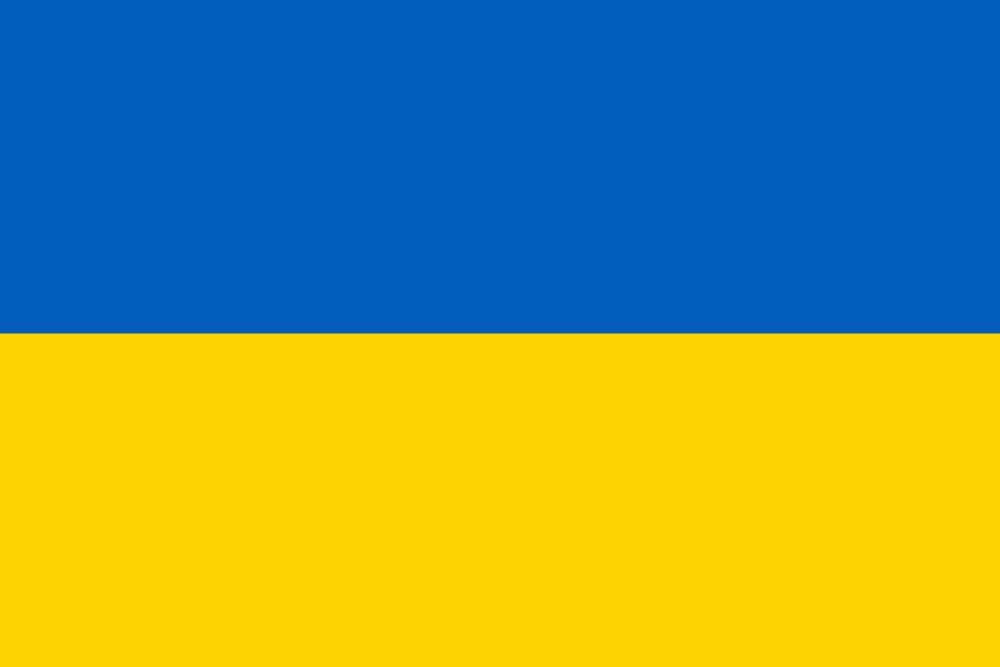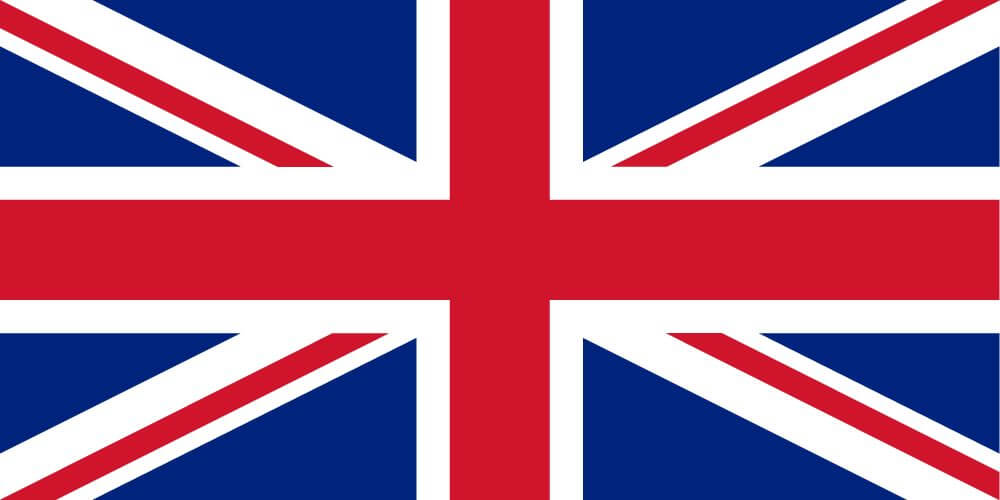No major changes on the front lines reported on March Some tactical changes were reported, in particular with the recapture of the city of Chuhuiv in the Kharkiv region by the Ukrainian forces and repulsed attacks on a number of other cities. The threat of an attack on Kyiv remains, as Russian troops are being regrouped. At the same time, there are signs that Belarus is ready to more actively take part in the war. Information began to spread among Belarusian news that Lukashenko is under pressure from the leadership of the RF. It is argued that sanctions against Belarus are milder than those in the RF, and the tightening of sanctions may not leave Lukashenko any room for manoeuvre or independent decisions from the RF. A new wave of escalation from the Russian side is expected, including through foreign mercenaries (from Syria and other countries) and units of the Belarusian armed forces. An offensive could be attempted through Brest – leading to a new front in the Volyn region, impacting the accessibility of the Warsaw highway and further attacks on Kyiv from the west. There is also a risk that Russian troops occupying some settlements (Bucha, Vorzel, Irpin and others), may strengthen themselves by taking local resident hostages.
Conflict Developments
International Dimension
The European Union has begun considering applications from Ukraine, Moldova and Georgia for EU membership. The first international volunteers joined the Ukrainian Armed Forces and are already in position. Biden has announced his refusal to import Russian oil (agreed with both Republicans and Democrats). Negotiations are underway between the US and Venezuela on the purchase of oil. J. Biden has called on the US Congress to accept a $ 12 million aid package to Ukraine. In the US, an initiative regarding a limited no-fly zone over Ukraine is moving forward, starting with the protection of humanitarian corridors agreed upon in negotiations between Russian and Ukrainian officials. On March 8, an important trend could be noticed with the discussion on the ban within the framework of international organisations (from UNICEF and other UN agencies to the ICRC) on using the word “war” in relation to the situation around Ukraine and Russia.
Negotiations
The most important element for the negotiations in the coming days is the announced meeting of the Ministers of Foreign Affairs of Ukraine and Russia in Antalya. On March 8, Zelenskyy’s statement was actively circulating about possible opening on discussing the situation of people living in Crimea and Donbas in the context of the possible recognition of Crimea as Russian, and CADLR as independent. The transcript of the recording showed that element of the statement was not in line with the words of Zelenskyy, and this is part of an international information “special operation”.
Humanitarian Dimensions
On March 8, there were reports about certain shifts in relation to humanitarian “green corridors” from Sumy, Mariupol, Irpin and Kramatorsk. The “green corridors” discussed during the negotiations have come under fire. There also was heavy shelling and killings of civilians in cities for which there was no agreement on a “green corridor”. In Kharkiv alone, about 30 civilians have been killed in a day. In Mykolayiv at least three women were killed while going to work to an orphanage with “red cross” signs on their car. The Russian side also announced the opening of humanitarian corridors for civilians on March 9. The Ukrainian side has declared that the norms of the Geneva Convention will be fully applied to Russian prisoners of
There is a trend towards international organisations being discredited in the eyes of the public opinion in Ukraine, given their incapacity and unwillingness to provide an objective assessment of the war in Ukraine (UN, International Committee of the Red Cross). Shelling of routes previously agreed for the evacuation of civilians continues, leading to casualties during the Since the start of the war, as a result of shelling, at least 61 hospitals have been put out of use.
According to the UN High Commissioner for Human Rights, 2.1 million refugees have left Ukraine within the 12 days of the war. Currently there is a new wave of refugees and IDPs from industrial cities such as Dnipro, Kryvyi Rih. The capacity of the western regions to host IDPs is already reaching its limit and soon tensions will emerge with potential for another social crisis. Initially people moving west had reasonable resources while people currently moving are more socially and financially vulnerable. This puts an additional strain on the authorities that are expected to provide assistance. New questions arise in terms of working with IDPs: what should be done with the ones who have relocated twice, and with new IDPs? Are there needs for adopting any new legislation, new social payments? The lengthier the war, the more dire the situation related to IDPs becomes.
Information Dimensions
According to the UN High Commissioner for Human Rights, 2.1 million refugees have left Ukraine within the 12 days of the war. Currently there is a new wave of refugees and IDPs from industrial cities such as Dnipro, Kryvyi Rih. The capacity of the western regions to host IDPs is already reaching its limit and soon tensions will emerge with potential for another social crisis. Initially people moving west had reasonable resources while people currently moving are more socially and financially vulnerable. This puts an additional strain on the authorities that are expected to provide assistance. New questions arise in terms of working with IDPs: what should be done with the ones who have relocated twice, and with new IDPs? Are there needs for adopting any new legislation, new social payments? The lengthier the war, the more dire the situation related to IDPs becomes.
This Ukraine Situation Report is prepared in the framework of the project “Building Resilience in Conflict Through Dialogue” funded by the European Union
Read another digest
Thank you.
Your message has been sent successfully! We will respond to you shortly.


